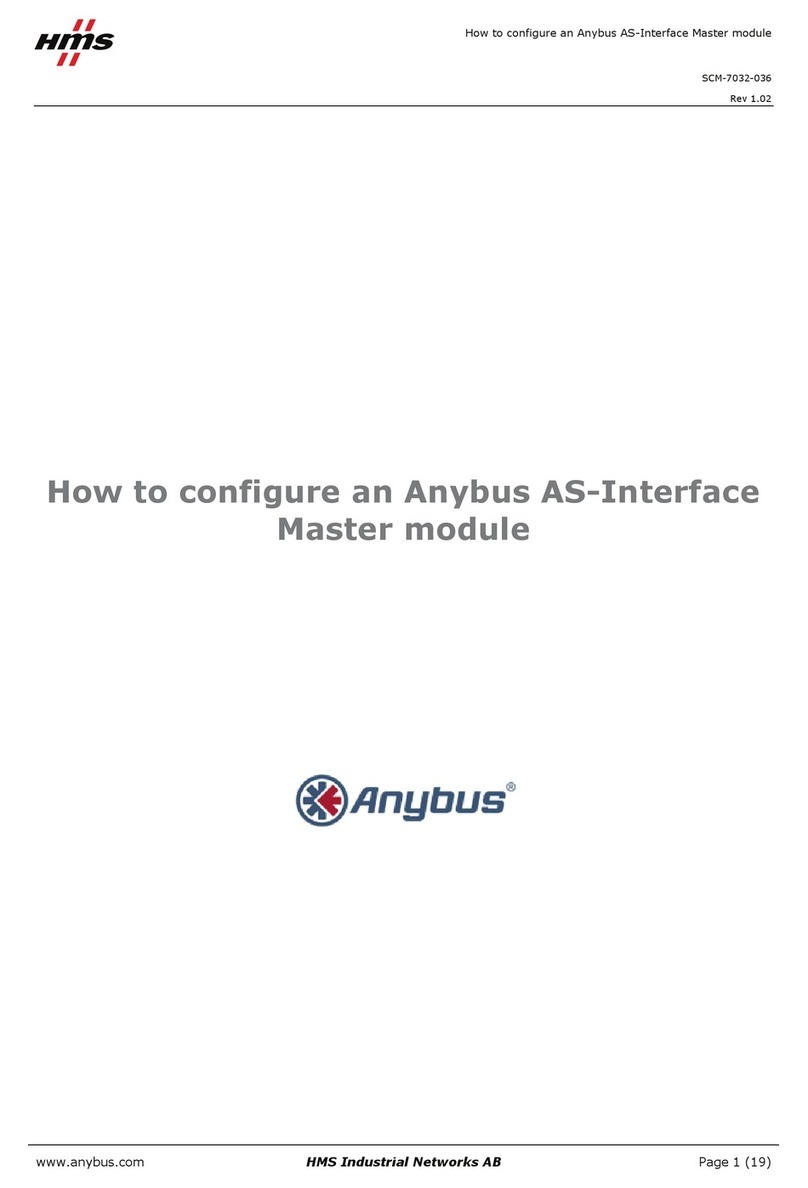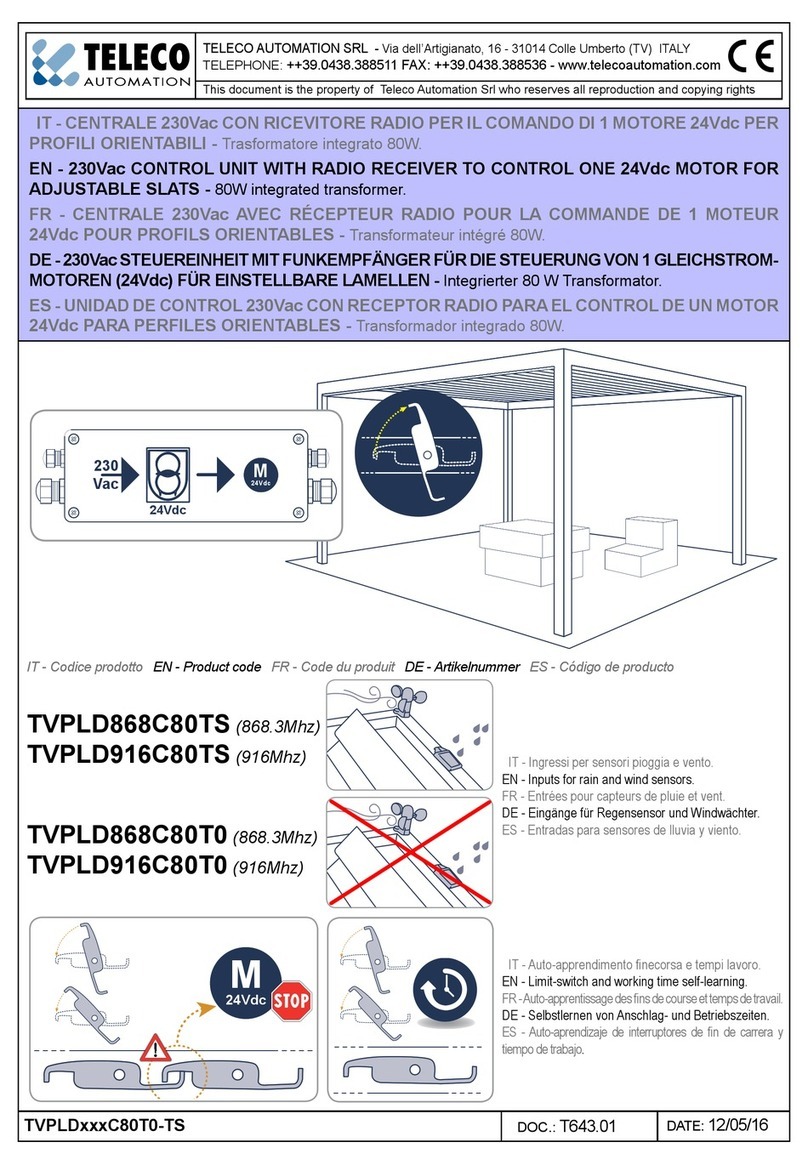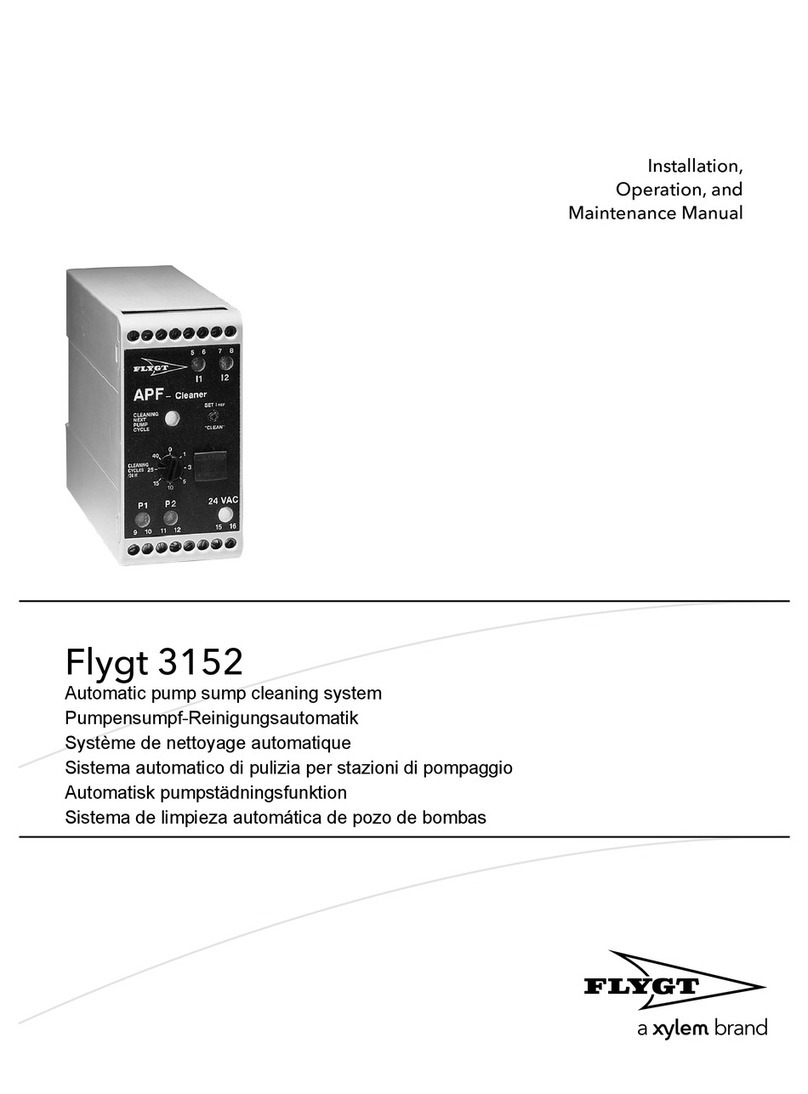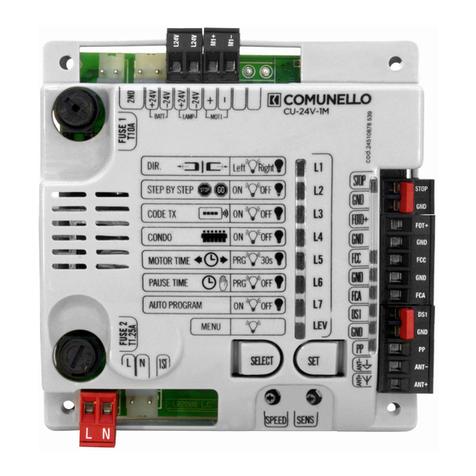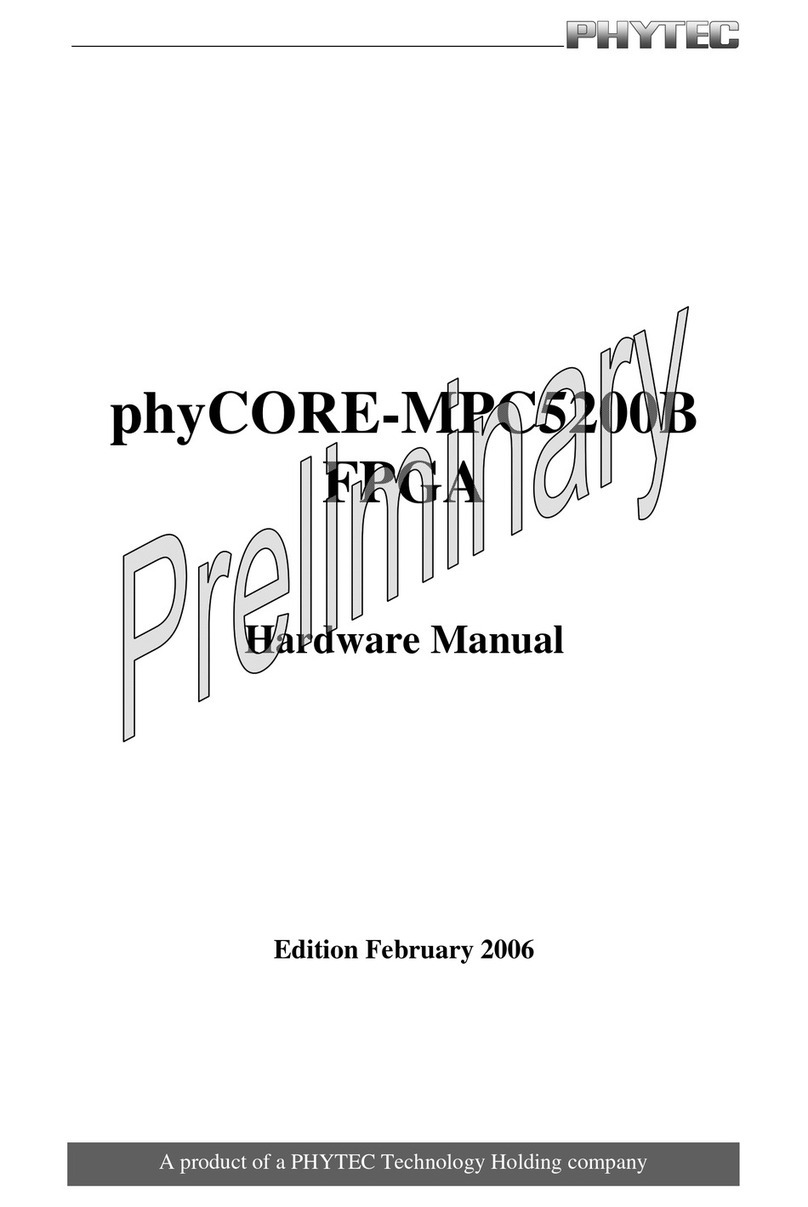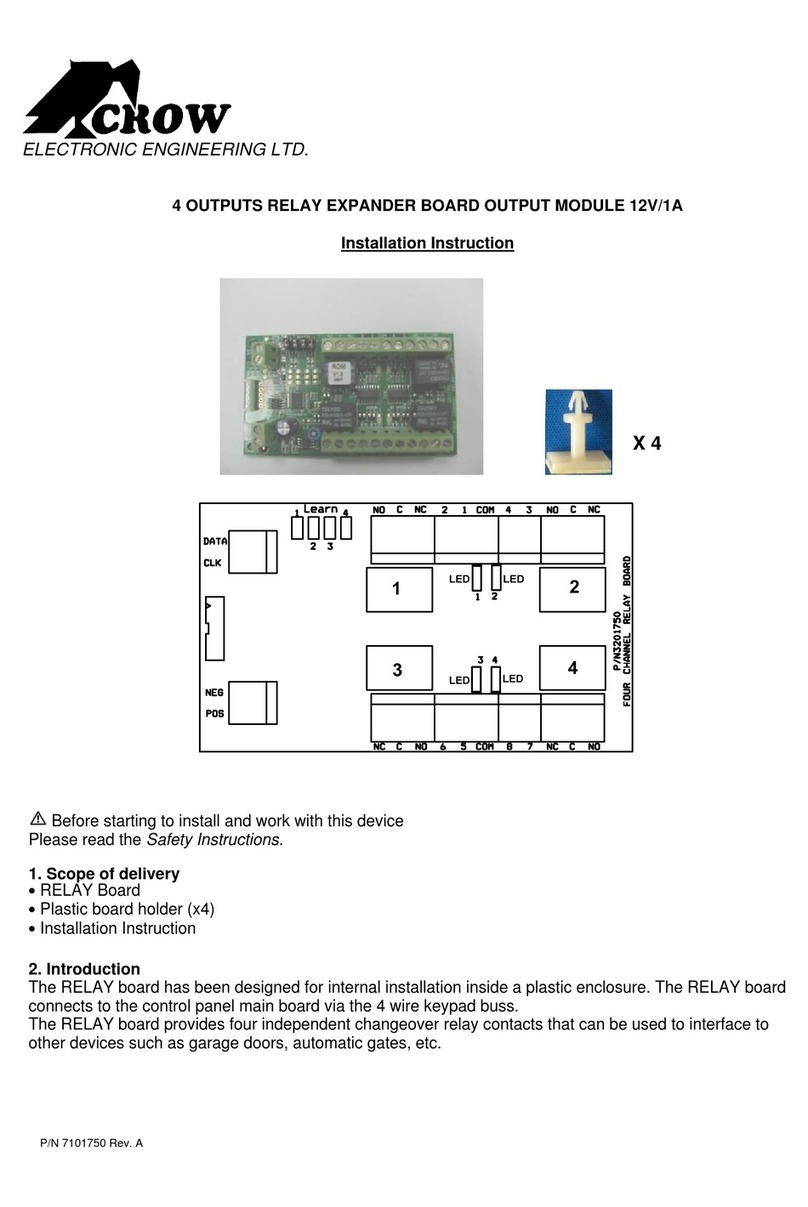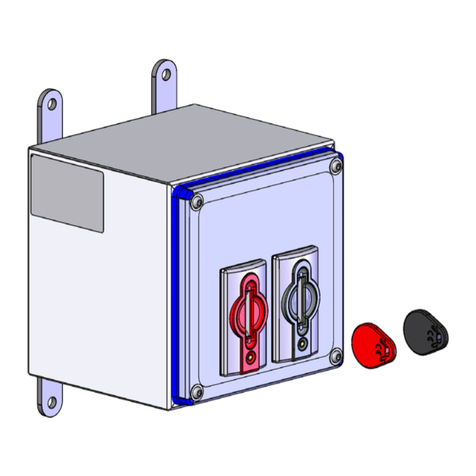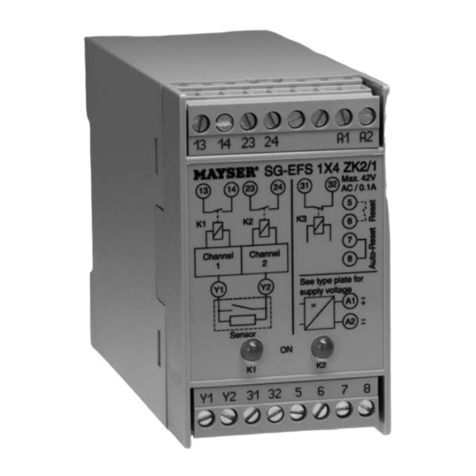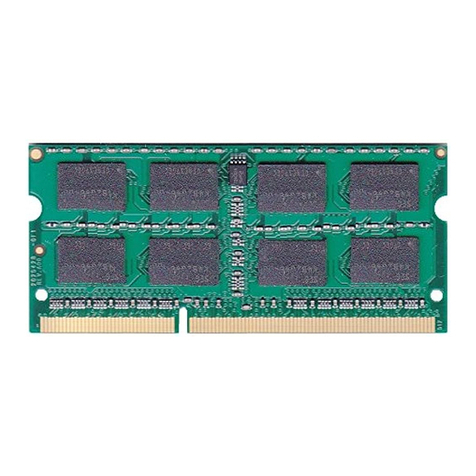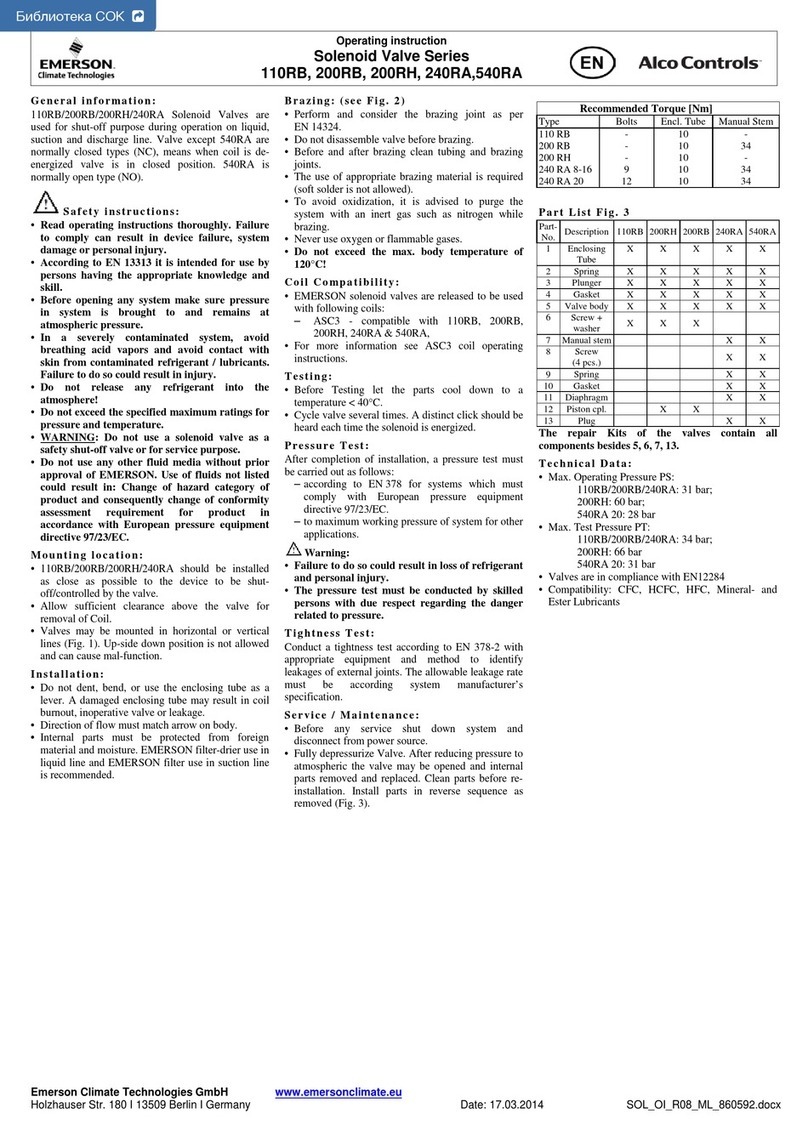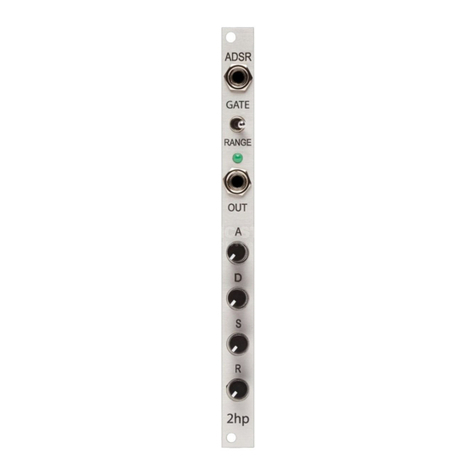
Operation DAC-2202 Operation Manual
2-11
If the antenna is already perfectly pointed, the signal received (AGC) throughout each of the 4 quadrants will
be equal and no tracking decision is made. If the dish is slightly mispointed, a portion of the circle movement
will have higher signal level than the rest of the circle. DishScan will then issue a step in Azimuth, and/or
Elevation, to move the antenna in the direction of the stronger signal. [EXAMPLE: If the dish is mispointed
slightly to the LEFT of the satellite peak; as DishScan drives the antenna through one circle rotation it will
evaluate that the signal is slightly higher to the RIGHT, therefore, a Azimuth UP (RIGHT) step will be issued to
the antenna].
For proper Tracking performance, the EL STEP SIZE, AZ STEP SIZE, STEP INTEGRAL parameters must
all be set to Factory Default value of 0 and DishScan must be turned on. You must also correctly set the
internal tracking receiver settings. Refer to the “Satellite” menu operation in the above section for adjustment
instructions.
2.1. Searching Operation
The ACU will initiate an automated search pattern after AGC falls below the current Threshold setting (indicates that
satellite signal has been lost). The SEARCH DELAY parameter sets the amount of delay, in seconds, that the ACU will
wait after AGC has fallen below the threshold value before it starts a search.
Search can be initiated manually by pressing the NEXT button several times to the STATUS menu, then press ENTER
button twice to access the SEARCH sub-menu. Press the RIGHT arrow key and then press the UP arrow key (starts a
search from the current antenna position). While in the SEARCH sub-menu, pressing the DOWN arrow key will stop
the current search.
Search is terminated automatically when the AGC level exceeds the threshold value and Tracking begins.
The ACU can be configured to use one of three search patterns. Each of the search patterns are described below.
Each description includes information about the settings involved in configuring the ACU to select that particular
pattern and the values that those settings would be set to, to optimize the pattern for your antenna model and the
frequency band being used.
The dimensions and timing of the search pattern are determined by the SETUP parameters SEARCH INC, SEARCH
LIMIT, SEARCH DELAY and SWEEP INC. Search is also affected by the Threshold and the internal receiver
settings under the Satellite menu. To change any one of these parameters, refer to “Changing the Search Parameters”
procedures below.
All three search patterns are conducted in a two-axis pattern consisting of alternate movements in azimuth and
elevation or along the polarization angle. The size and direction of the movements are increased and reversed every
other time resulting in an increasing spiral pattern as shown.
2.1.1.
The factory default search pattern in the ACU is a standard “box” pattern. You configure the ACU to use this
pattern by using the following settings:
Default Standard (Box) Search Pattern
SEARCH INC - set to the default value for the frequency band that your antenna model is currently
being used for (typically 15 counts).
SEARCH LIMIT – initially set to the default value. After targeting has been optimized, the search
limit can be adjusted if desired.
SEARCH DELAY – default, or any number of seconds from 1-255 that you would prefer that the
ACU wait before starting an automatic search.
SWEEP INC – default value (this parameter is not used in this search pattern).
GYRO TYPE – must NOT be set to zero.
SAT REF mode – may be ON if you are experiencing frequent, or constant, gyro read errors (error
code 0001). Must be ON if you are using NMEA Gyro input.
Target any satellite longitude value which includes even tenths digit values (ie SAT 101.0 W or SAT 101.2 W).
If the desired satellite longitude includes an odd tenths digit, you must round it up, or down, one tenth to
make the tenths digit EVEN. The Antenna Control Unit calculates the Azimuth, Elevation and Polarization
values it will use to target the antenna. Initially the antenna will go to a position that is 8 degrees above the
calculated azimuth, until Azimuth, Elevation and Polarization have had time to complete adjustment. Then
the antenna will drive down to the calculated elevation, which is the “Start” of the search pattern in the
graphic below.
Then the antenna will search up in azimuth one Search Increment, search up one Search Increment in
elevation, search down two Search Increments in azimuth, search down two Search Increments in elevation,




















